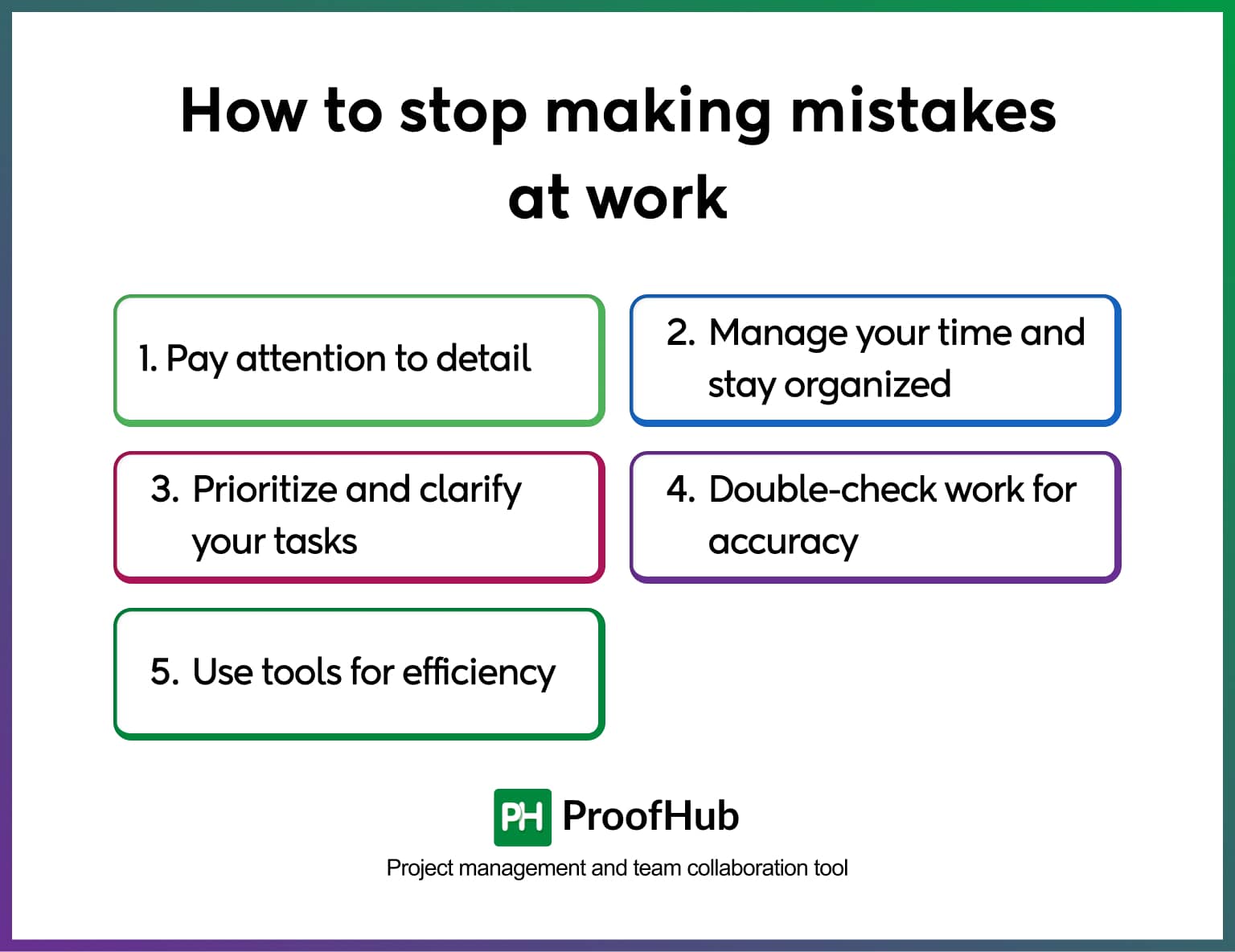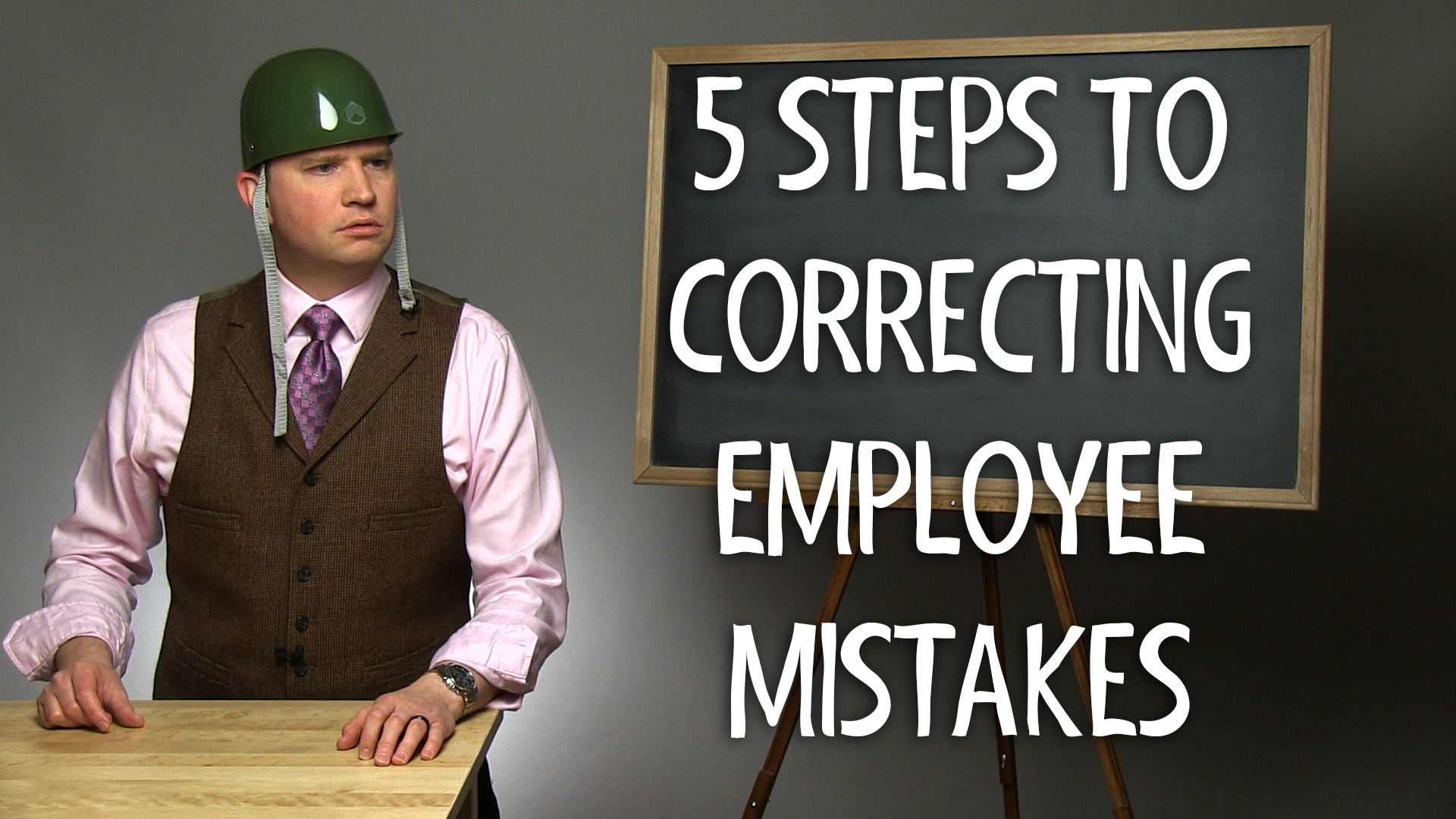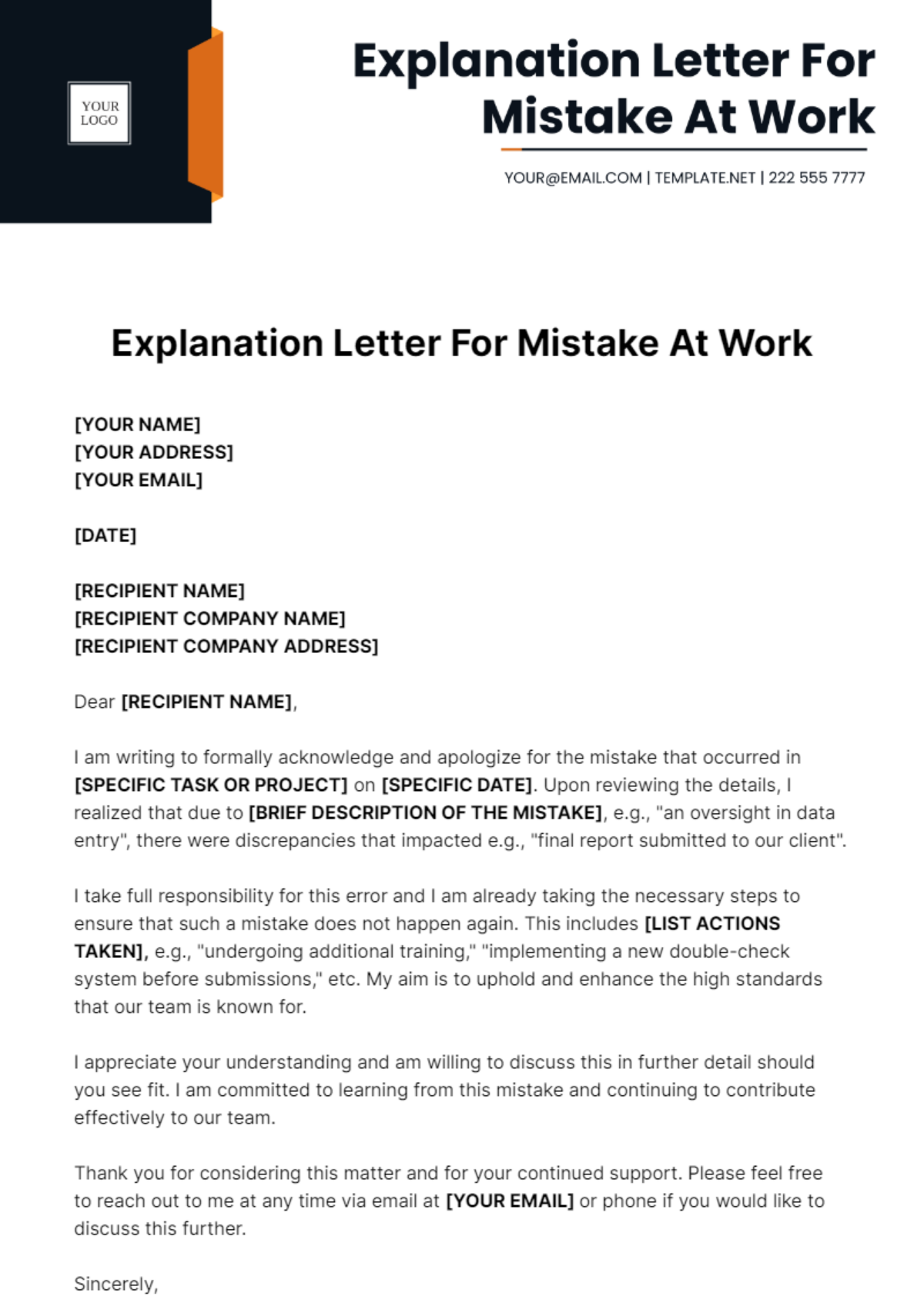How To Address Mistakes In The Workplace

Workplace errors, from minor miscommunications to significant project failures, are inevitable. Navigating these situations effectively is crucial for maintaining productivity, fostering a positive work environment, and preserving professional reputations.
This article examines strategies for addressing mistakes in the workplace, drawing on expert advice and best practices. The aim is to provide individuals and organizations with a framework for handling errors constructively, promoting accountability, and encouraging continuous improvement.
Understanding the Context of the Error
The first step in addressing a mistake is understanding its context. This involves determining the severity of the error, the potential impact, and the underlying causes.
According to a 2023 study by the Society for Human Resource Management (SHRM), a blame-free culture is essential for honest error reporting. Organizations need to create an environment where employees feel comfortable admitting mistakes without fear of reprisal.
A blame-free culture isn't about avoiding accountability; it's about focusing on systemic issues that contribute to errors. This approach encourages employees to proactively identify and report mistakes, leading to more effective solutions.
Taking Responsibility and Apologizing
Taking responsibility for one's mistakes is paramount. A sincere apology demonstrates accountability and remorse, which can help to repair damaged relationships and rebuild trust.
"An apology should be prompt, specific, and genuine," advises Dr. Anna Rodriguez, a professor of organizational psychology. "Avoid making excuses or shifting blame. Focus on acknowledging the impact of the error and expressing your commitment to rectifying the situation."
"I am sorry that my error caused this problem. I take full responsibility and am committed to fixing it."
Developing a Corrective Action Plan
Once responsibility has been accepted, the next step is to develop a corrective action plan. This plan should outline the steps needed to mitigate the damage caused by the error and prevent similar mistakes in the future.
This might involve redoing the work, revising processes, or implementing new controls. It's important to involve relevant stakeholders in the planning process to ensure that the solution is effective and sustainable.
For example, if a data entry error resulted in inaccurate financial reports, the corrective action plan might involve verifying all data entries, implementing double-checks, and providing additional training to data entry personnel.
Communicating Effectively
Clear and timely communication is essential throughout the process. Keep stakeholders informed about the mistake, the corrective action plan, and the progress being made.
Regular updates can help to manage expectations and reassure stakeholders that the situation is being handled appropriately. Be transparent about the challenges and any potential delays.
Open communication also provides an opportunity to gather feedback and identify potential solutions that may not have been considered.
Learning from Mistakes
Mistakes are valuable learning opportunities. After the corrective action plan has been implemented, take time to analyze the situation and identify lessons learned.
What factors contributed to the error? What could have been done differently? How can similar mistakes be prevented in the future?
Share these learnings with the team or organization to promote continuous improvement. Consider implementing new training programs or revising existing procedures to address identified gaps.
The Role of Leadership
Leadership plays a crucial role in creating a culture that supports learning from mistakes. Leaders should model accountability, encourage open communication, and provide the resources and support needed to address errors effectively.
They should also recognize and reward employees who take responsibility for their mistakes and actively participate in the corrective action process. This sends a clear message that mistakes are seen as opportunities for growth, not as reasons for punishment.
Ultimately, effectively addressing mistakes in the workplace requires a combination of individual accountability and organizational support. By fostering a culture of open communication, continuous improvement, and learning from mistakes, organizations can minimize the negative impact of errors and create a more resilient and productive work environment.







![How To Address Mistakes In The Workplace [Infographic] I Made A Mistake At Work: The Do’s And Don'ts](https://www.niagarainstitute.com/hs-fs/hubfs/Niagara Institute - I Made A Mistake At Work Do’s And Donts Infographic (1).png?width=1480&height=2724&name=Niagara Institute - I Made A Mistake At Work Do’s And Donts Infographic (1).png)

![How To Address Mistakes In The Workplace What exactly IS this bad behavior at work? [FLOWCHART] - Civility Partners](https://civilitypartners.com/wp-content/uploads/2017/09/Is-it-Bullying-Flowchart-1-1-980x551.png)








